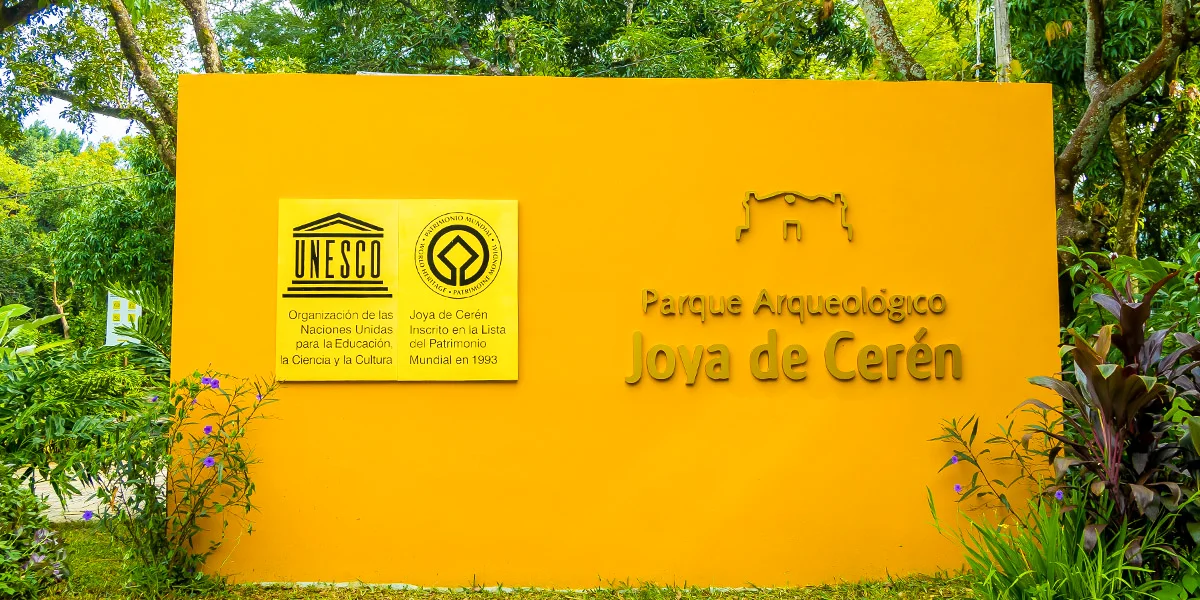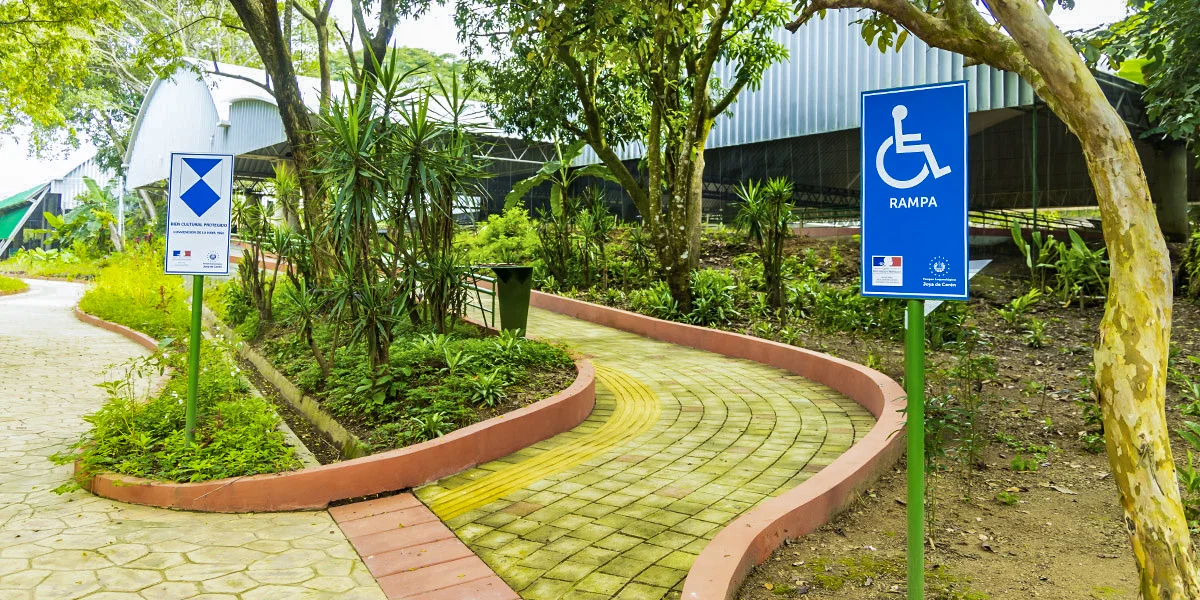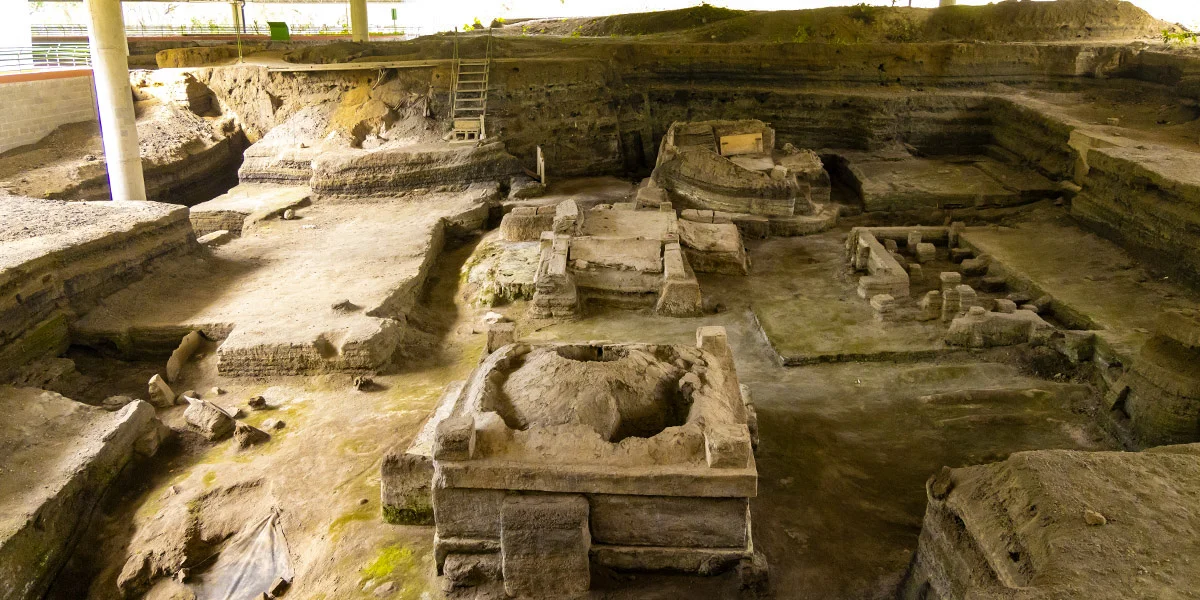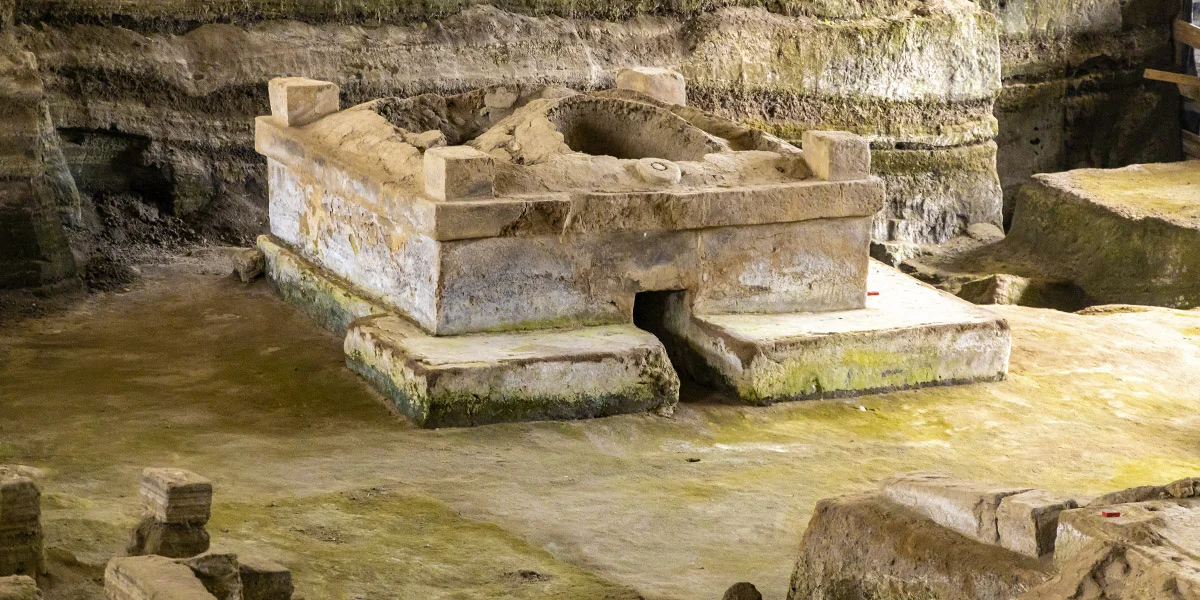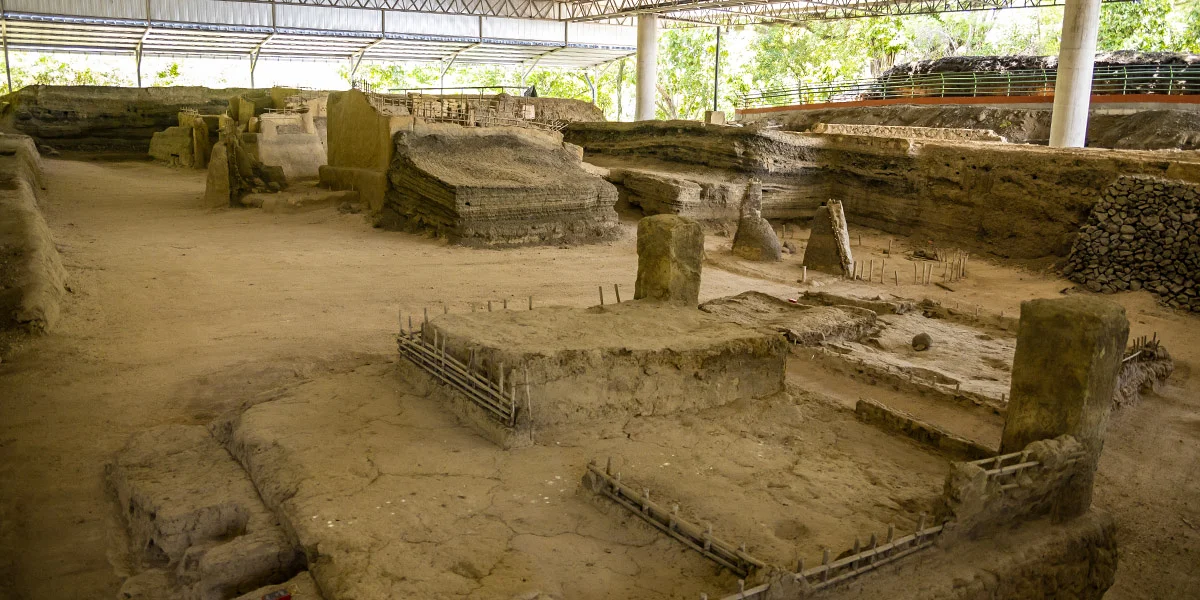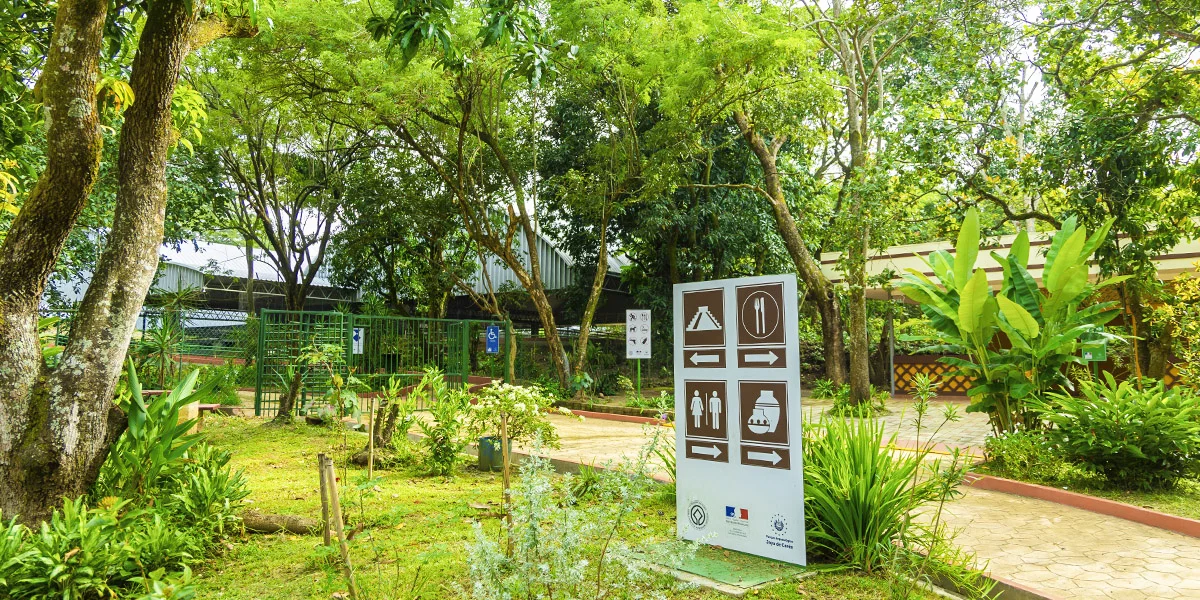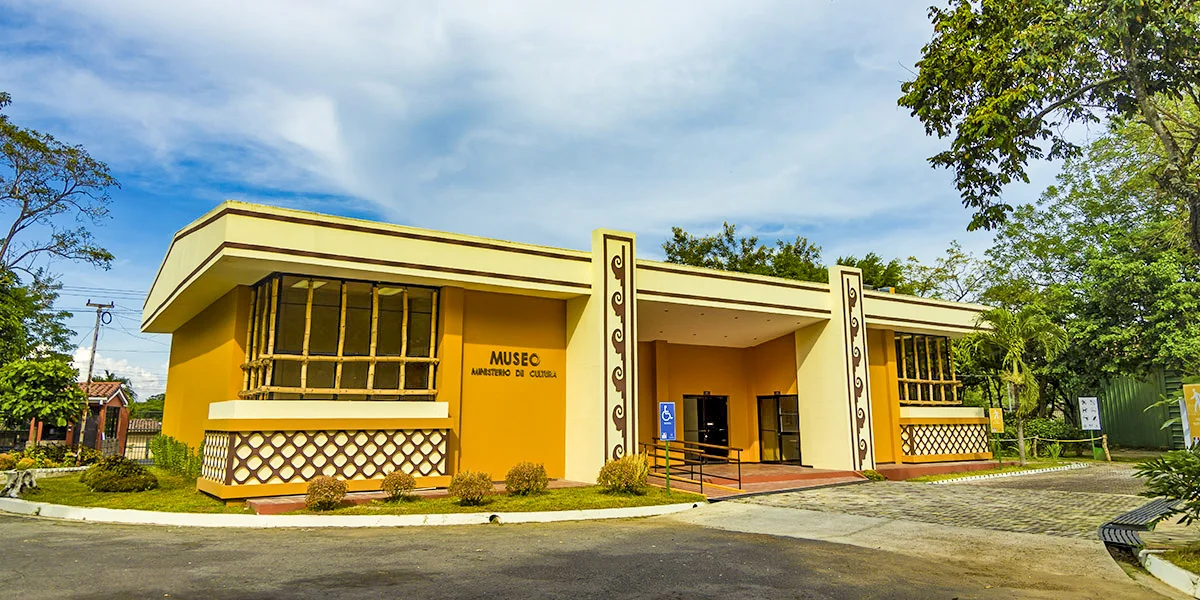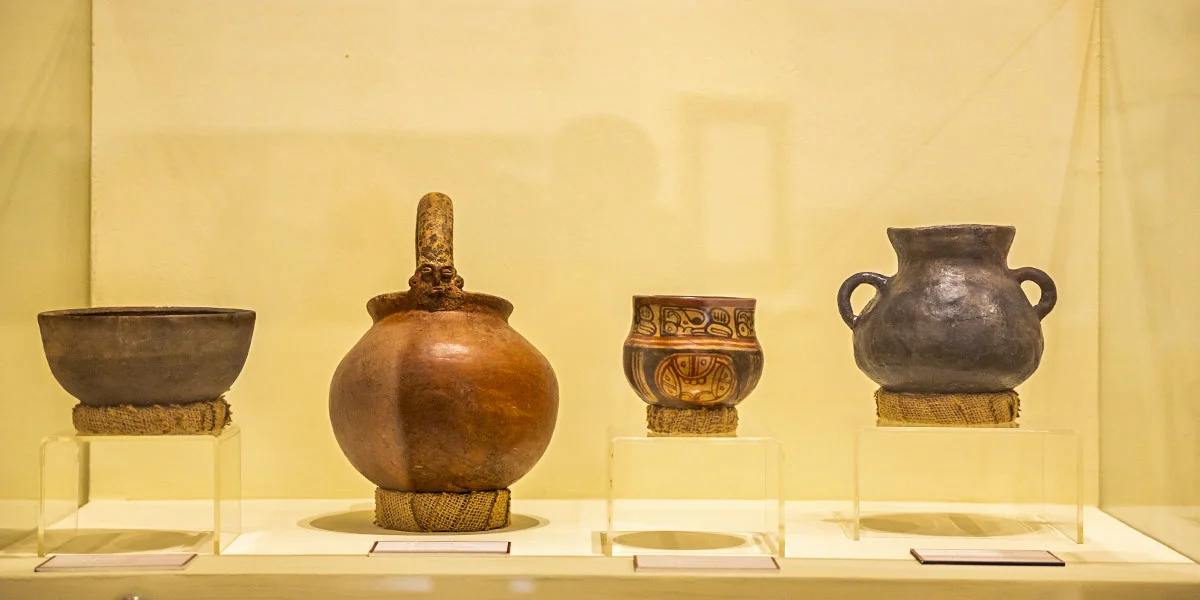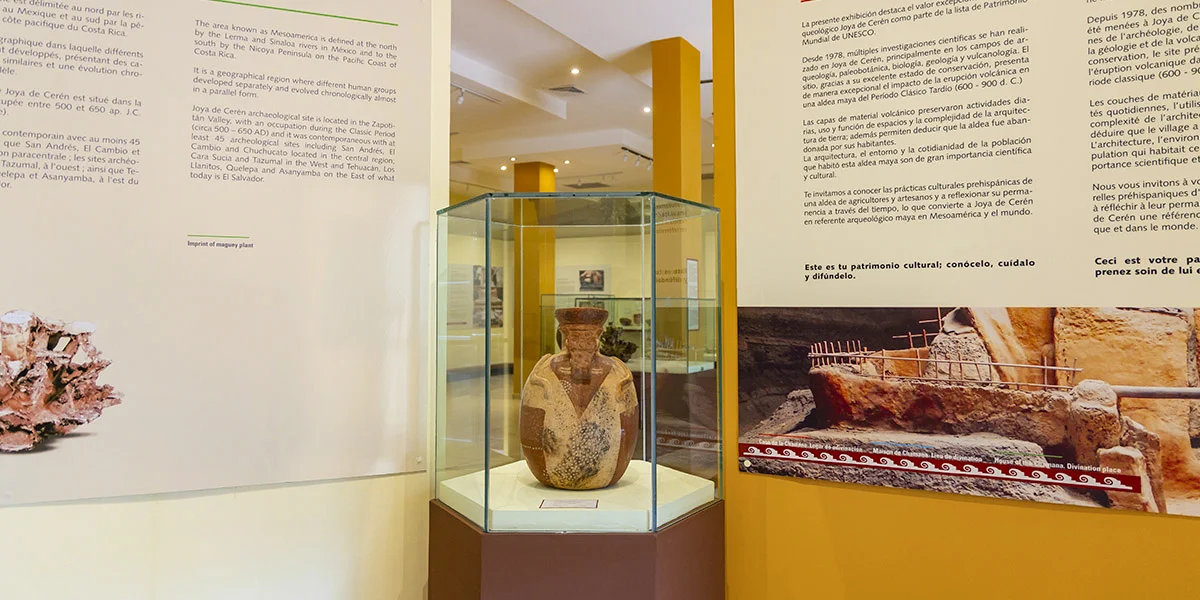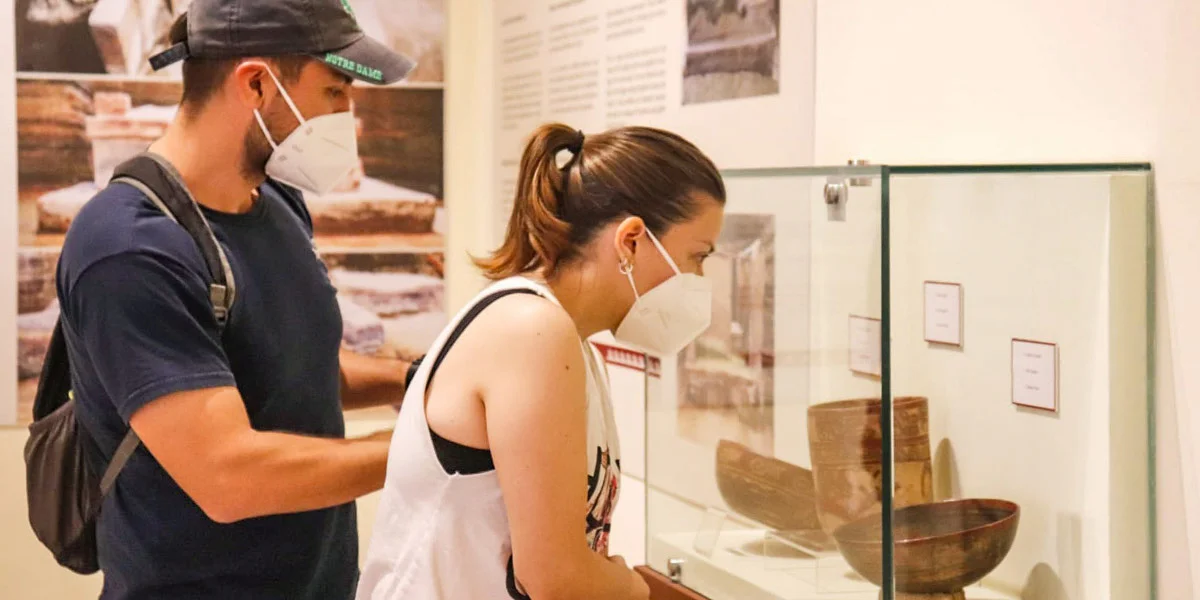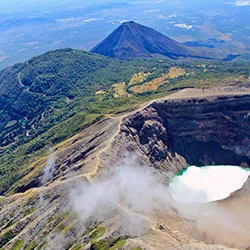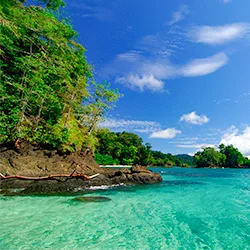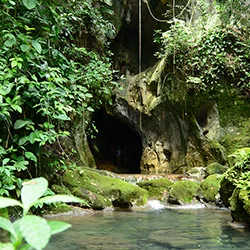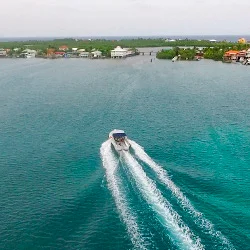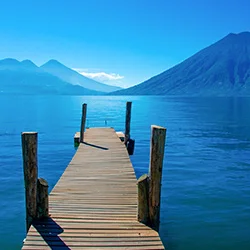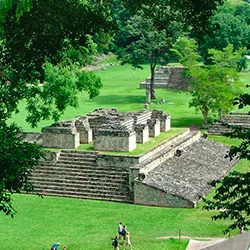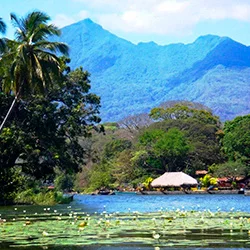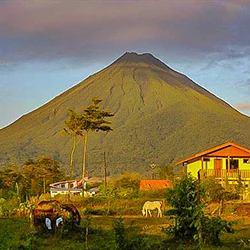The Joya de Cerén Archaeological Park preserves the memory of a pre-Hispanic settlement with an exceptional character. Due to the degree of conservation of the structures it is possible to make interpretations through various multidisciplinary studies such as archeology, anthropology or botany.
Joya de Cerén was discovered in 1976, when a tractor was removing dirt to build silos that would be used to store grains. While removing dirt from a hill, the tractor discovered part of a house. Fortunately, Dr. Payson Sheets of the University of Colorado investigated this house shortly thereafter and determined that it was at least 1,400 years old, and has since been protected and studied. The park was created on June 19, 1993, and the current building was inaugurated on December 12, 2003.
Declared by UNESCO a World Heritage Site in 1993, Joya de Cerén provides insight into the daily life of a Mayan farming village from 1,400 years ago (7th century), and is the only one known in El Salvador. The site consisted of a small farm that was buried by five meters of volcanic ash during the eruption of the Caldera Lagoon, for what has been called the New Pompeii, and the Pompeii of the Americas. Its state of conservation is unbelievable.
GEOPOSITION
OTROS LUGARES DE INTERÉS QUE TE PUEDEN INTERESAR
Coiba National Park
Actun Tunichil Muknal, ATM CAVE
Útila
OTRAS FORMAS DE VIVIR CENTROAMÉRICA
TOURS RECOMENDADOS
Essential Central America
Get to know Guatemala and Costa Rica in depth on this tour through their main tourist attractions, both cultural and natural.
Relaxation and culture in Central America
Move across the streets of La Antigua Guatemala, take the Route of the Flowers, and visit Joya de Cerén and Copán, through this 9-day tour.
Must see Guatemala & Belize
Cultural visits, discovering the ancient Maya heritage, and snorkeling are just some of the adventures offered by this amazing tour.
Guatemala – Nicaragua – El Salvador: Charco Verde & Petroglyphs
Travel through volcanoes, Mayan archaeological sites, colonial cities and natural parks in this Central American multi-destination tour.
Mayan heritage and nature
The most authentic villages of Central America, the Mayan archaeology, the most exuberant nature and the colonial past.
